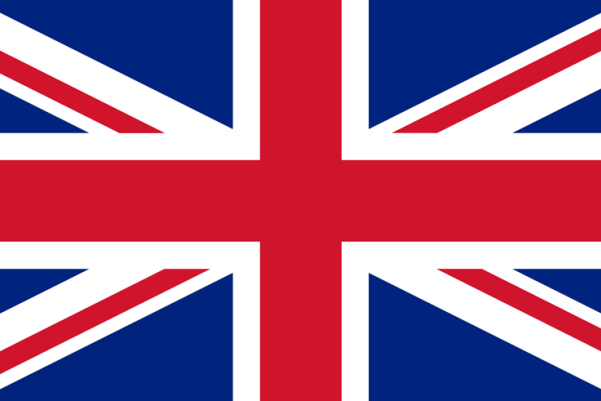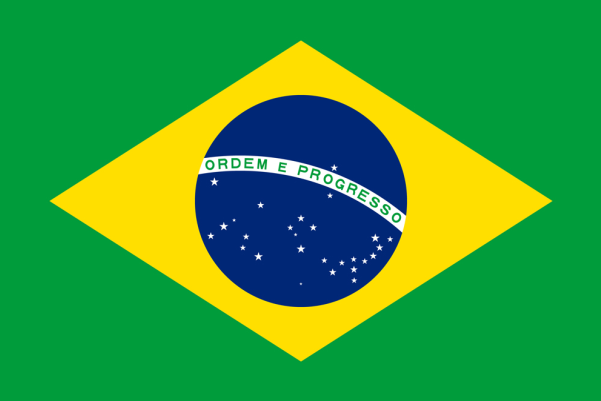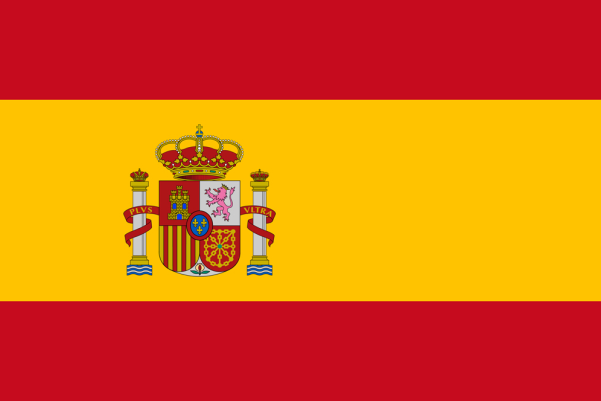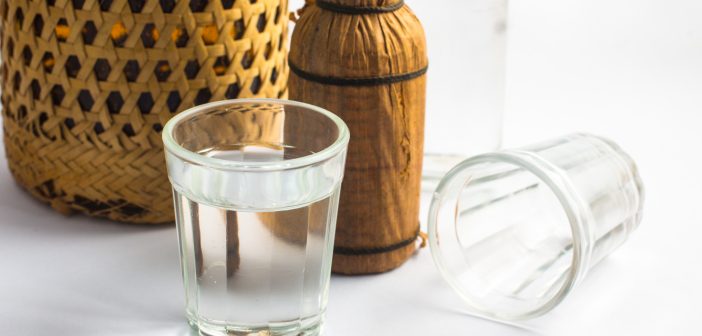Today Brazil celebrates its National Cachaça Day, Happy Cachaça Day!
Cachaça, the all-time favourite alcoholic Brazilian spirit distilled from fermented sugarcane juice, has its national day today, 13th September, in Brazil. The cachaça is perhaps best known as the principal ingredient used in a caipirinha, the much-celebrated Brazilian cocktail.
Cachaça is often mistaken for rum as both are derived from sugarcane processing. Cachaça, however, is subject to a more genuine refining process and distilled from the actual sugarcane juice itself (rum is made from molasses, a by-product). This distinction gives cachaça its unique grassy flavour and robust aroma.
Like rum, there are two varieties of cachaça: unaged – branca (white) or prata (silver) – and aged – amarela (yellow) or ouro (gold). Most unaged cachaças are bottled straight from the distillation process and tend to be those most used in caipirinhas.
Yellow/gold cachaças, by contrast, are darker in hue and offer a far more complex taste. They are aged in wooden barrels – over two dozen types of wood are used, including amburana, jequitibá and tapinhoã. Such cachaça is seldom used in cocktails and usually drunk in neat form.
Cachaça has acquired a vast array of nicknames over the years – over 2000 in total! Some of the more common are água que passarinho não bebe (water that the birds don’t drink), café-branco (white coffee) and esquenta-corpo (body warmer), but perhaps the most ubiquitous synonym for cachaça is pinga, derived from the Portuguese verb pingar (to drip), which speaks to the interesting story leading to its discovery.
If you want more info about the favourite Brazilian drink, take a look at the London Caipirinha Festival site.

















